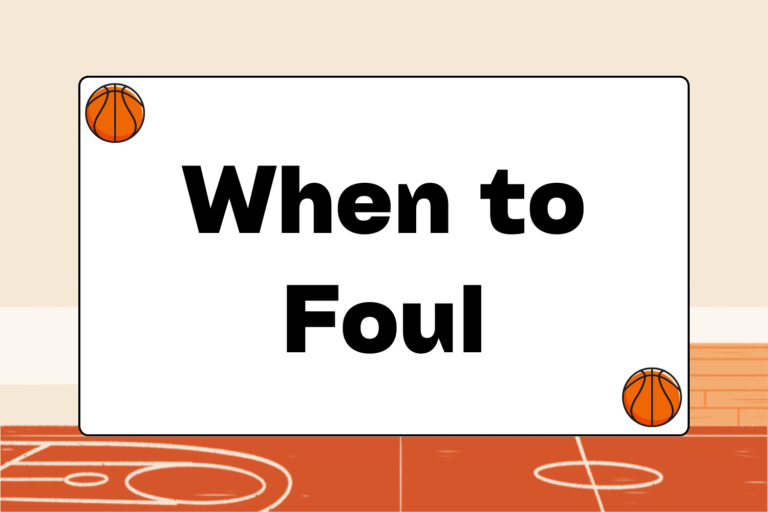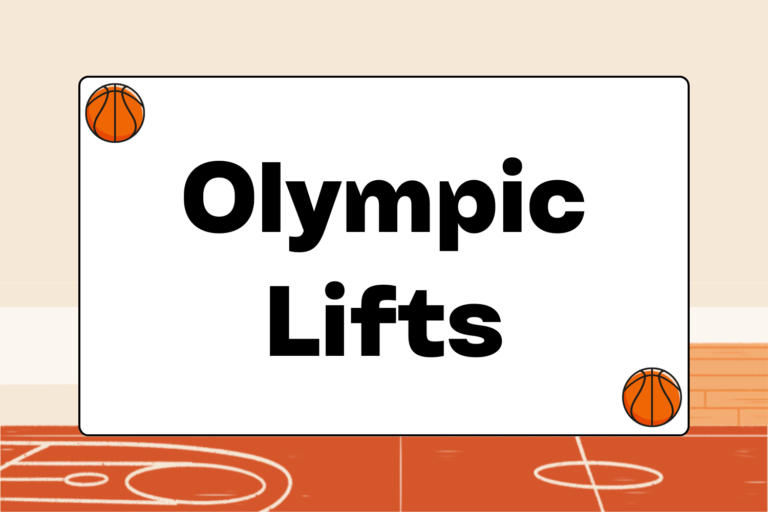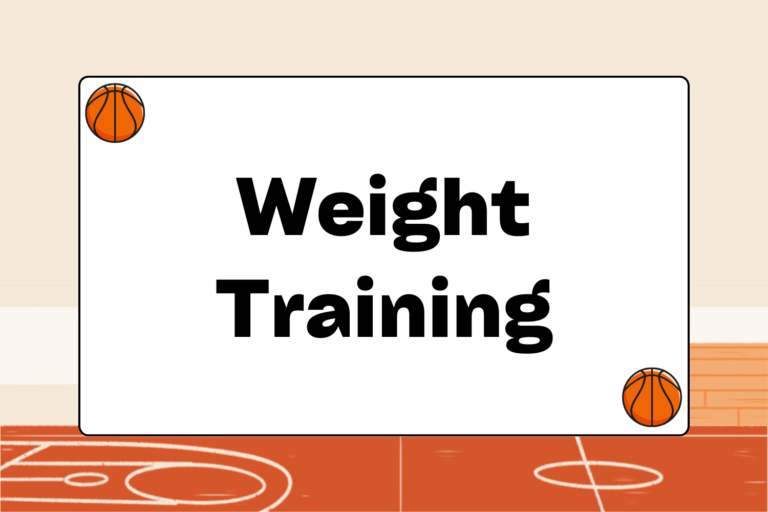Just because you have an open shot in basketball doesn’t mean you should take it. Any basketball coach will tell you that all shots are not created equal: There are good shots and there are bad ones. That’s why shot selection—knowing when to pull the trigger and when to hold back—is an important skill for all aspiring ballplayers.
But what exactly makes one shot more desirable than another? The criteria can vary depending on the situation. However, there are a few questions you can ask yourself to help determine the value of a given shot. This guide arms you with a wealth of information to help improve your shot selection.
Is This a High Percentage Shot?
If you had the chance to win a million dollars by sinking a single basket and you were given the option to take that shot from either the half-court line or the free throw line, which one would you choose? Obviously you would choose to shoot from the foul line because you’d have a better chance of making it. In general, the closer you are to the basket, the easier the shot. The same principle applies when evaluating a given shot in a game.
Holding out for a high percentage shot can be a fruitful philosophy. According to a recent study, 62 percent of shots taken inside of five feet are converted, yet shots in that range only account for 30 percent of all shots taken. The moral of the story: Strive for the close-range, high-percentage shot.
Am I in My Shooting Range?
Shooting styles are like thumb prints, no two player’s styles are exactly the same. But one trait that all great shooters have in common is confidence. Knowing your shooting range—the areas on the court where you can consistently make shots—can help establish the confidence needed to hit the big shot in the clutch.
Determining Your Shooting Range
The only way to accurately gauge your range is to get in the gym and test out your shooting prowess. Follow the steps below to get started:
- Pick a spot close to the basket on the same side as your dominant hand (right side of the key if you’re right handed and vice-versa).
- Assume the shooting position.
- Take 10-15 shots from that spot and keep track of your make/miss ratio.
- If at least 75 percent of your shots are successful, then take a large step backwards and repeat the process outlined above.
Remember, the more areas you test, the more accurate your range will be. It is a good idea to cover the entire court, that way you’ll have a feel for where you are most successful when shooting.
Does this Fit my Team’s Offensive Philosophy?
Your shot selection should fit within your team’s offensive scheme. For example, if your team is running a motion offense with the primary goal being lay-ups, then those are the types of shots you should strive for. Conversely, settling for a shot from long distance probably isn’t the way to go when running this type of offense. However, some offenses are more catered to long jumpers and outside shots, so it’s important to know your team’s system.
Can I Make an Extra Pass?
Ideally, any shot your team attempts will be the best available shot on the court. That’s why it is a good idea to take a split second to consider the merits of making an extra pass. If you see that a teammate has a better look at the basket, then don’t hesitate to make the pass.
Exude Confidence
While no one likes a ball hog, some players can be unselfish to a fault. If you have an open shot, don’t be afraid to shoot. Passing up an open look can lead to a lower-percentage shot, so be weary of over-passing when you have a good look at the basket.
Sinking the Buzzer Beater
Some players are born with good basketball instincts, but for most, these instincts have to be developed. Consider the above questions to help you determine which types of shots are good and which are ill-advised. Apply this thinking in practice, and your ability to select good shots in games will improve.





